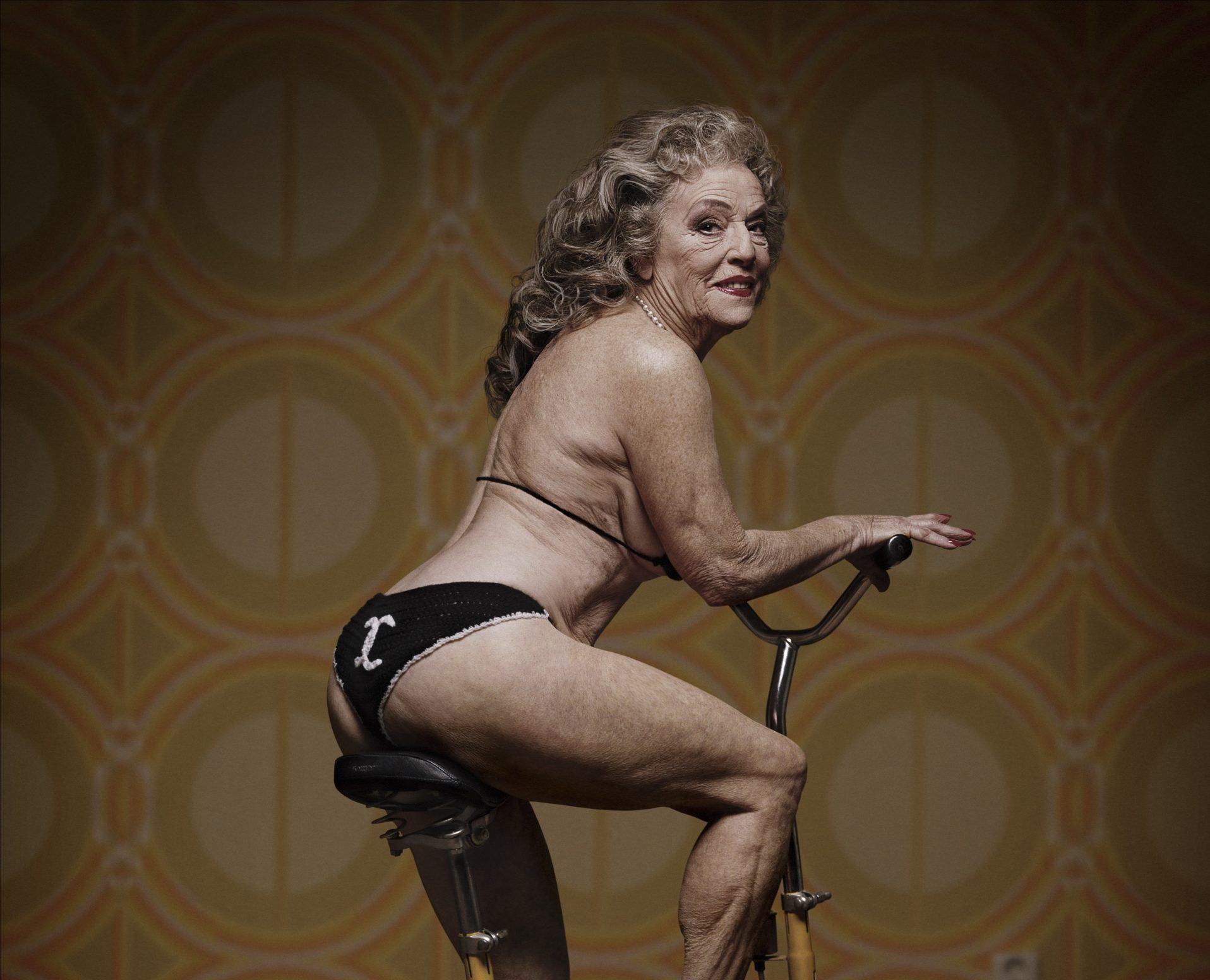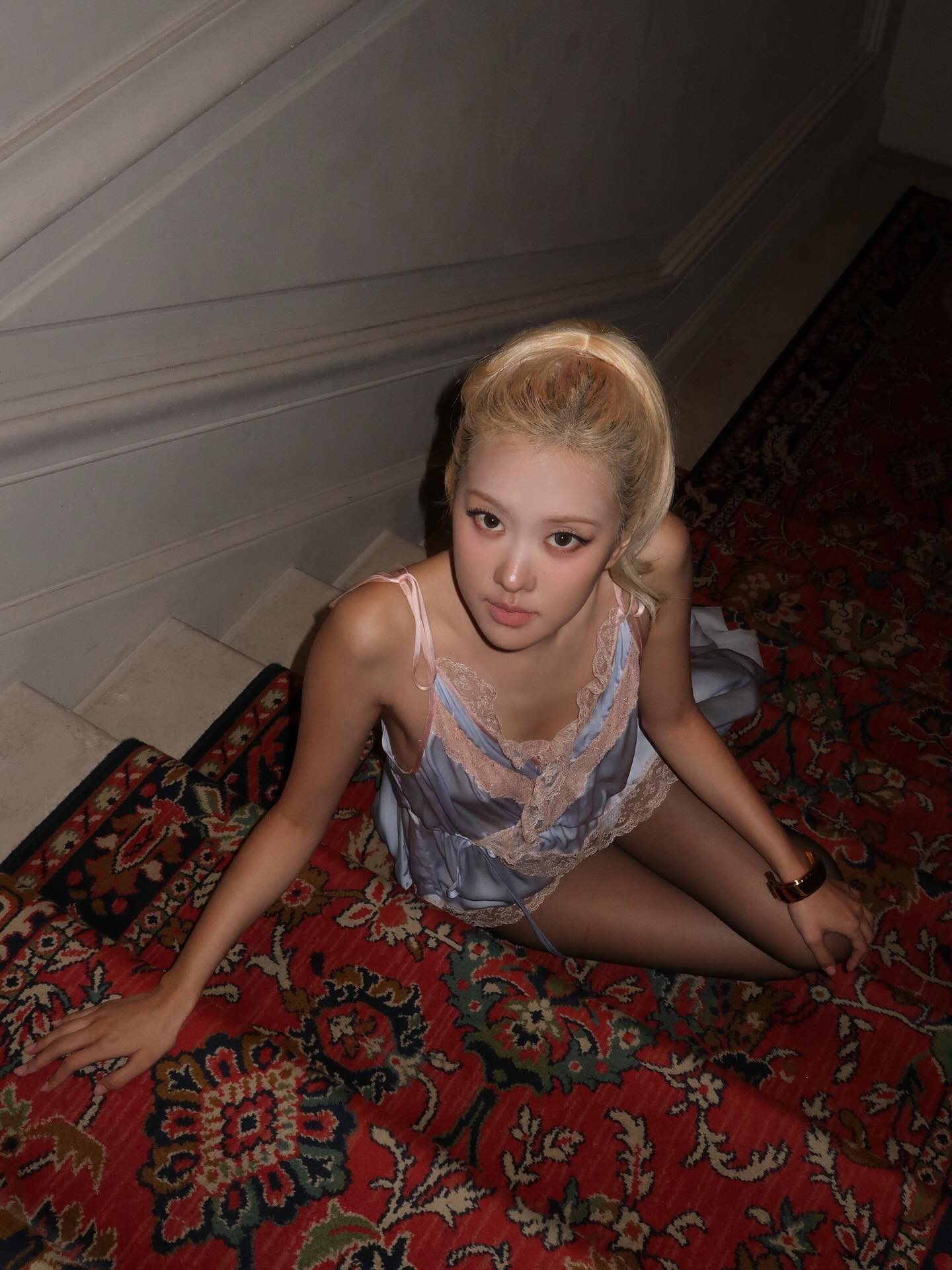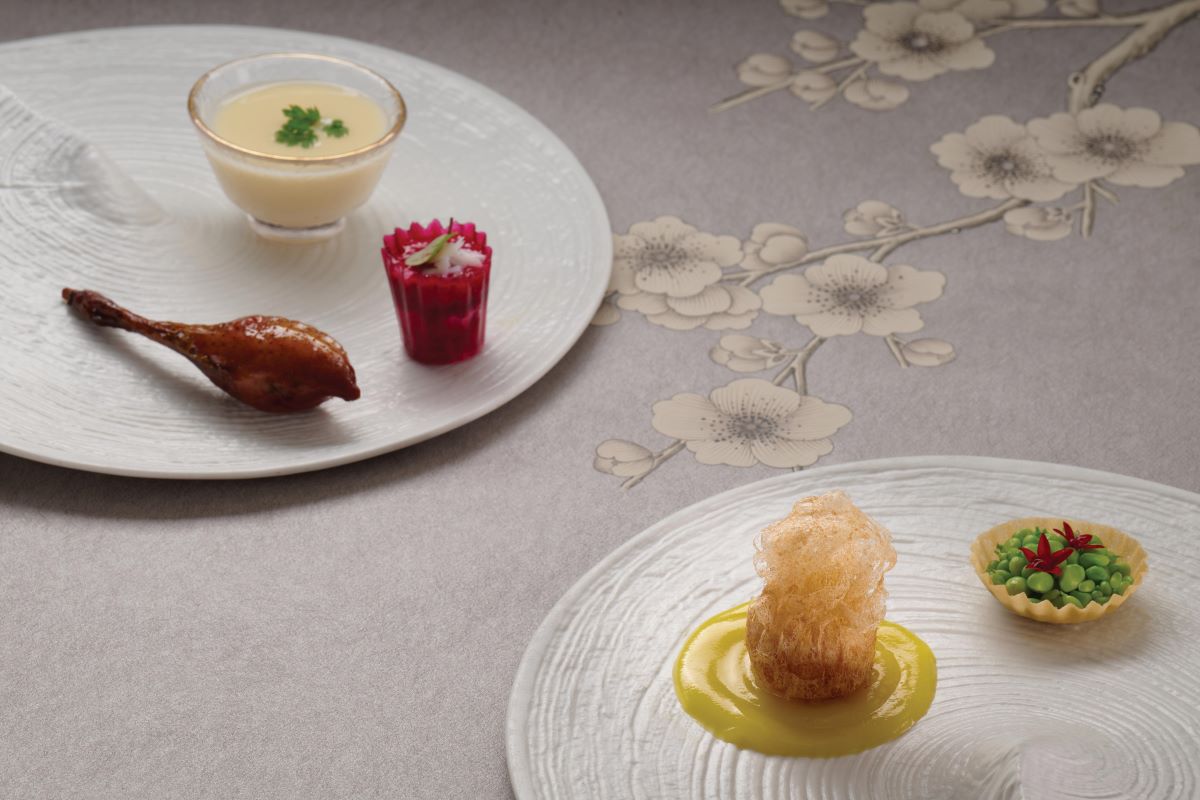Ghosts of Empires brings together 12 artists from across the African and Asian diasporas in a show that explores post-imperialism and its complexities. Curator Larry Ossei-Mensah speaks to Zaneta Cheng about the book that inspired him and how art can explore the way identities have been knowingly and unknowingly affected by colonial histories
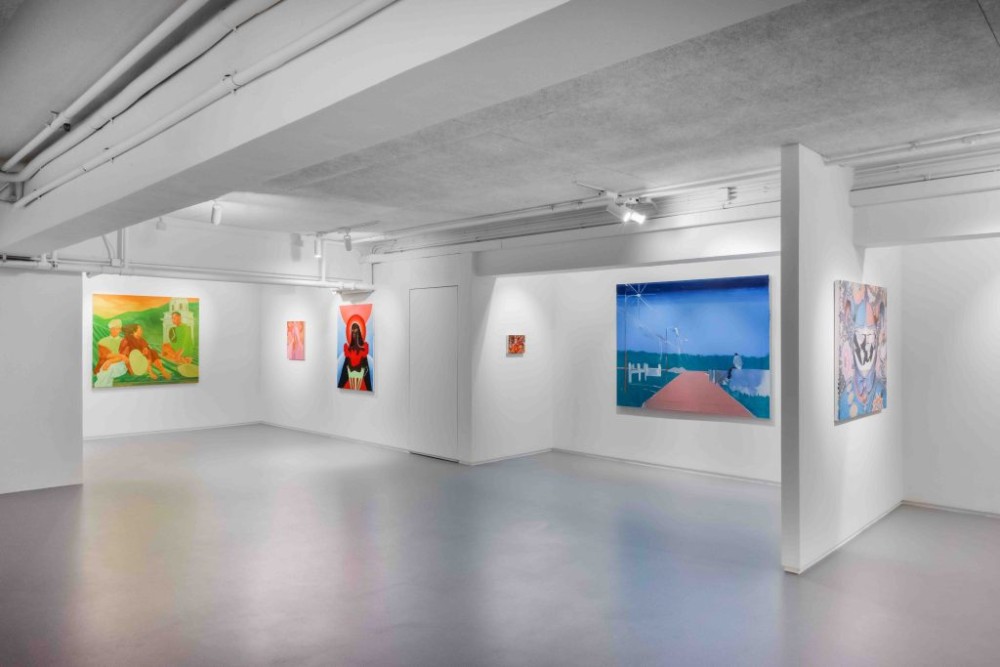
Perhaps Adam De Boer’s Fool’s Cap Map of the World no. 2, a work depicting a sort of clownish knight’s armour with the map of the world where the mesh screen would otherwise be on the helmet is the quickest way to grasp Larry Ossei-Mensah’s show Ghosts of Empires, currently being held at Ben Brown Fine Arts Hong Kong. Made with batik, crayon and oil paint on linen, it combines distinct mediums to create a work that alludes to a global history of imperial subjugation and oppression.
Upon reading Kwasi Kwarteng’s Ghosts of Empire, Ghanaian-American writer and curator Ossei-Mensah set out to curate a show comprising 12 artists from across the African and Asian diasporas and that explores the tensions, overlaps and nuances of the Black Atlantic and Asia Imperialist Trade routes. A self-taught curator who grew up in the Bronx and started his career in music, Ossei-Mensah says, “You spend a good majority of the first part of your career just trying to prove that you even fit in so you do the research and it’s like, oh, Picasso, and then go to somewhere like Brazil and realise there’s actually a generation of Afro-Brazilian modernist painters from the 1910s, ’20s, ’30s and ’40s, which made me realise there’s such a gap of information.”
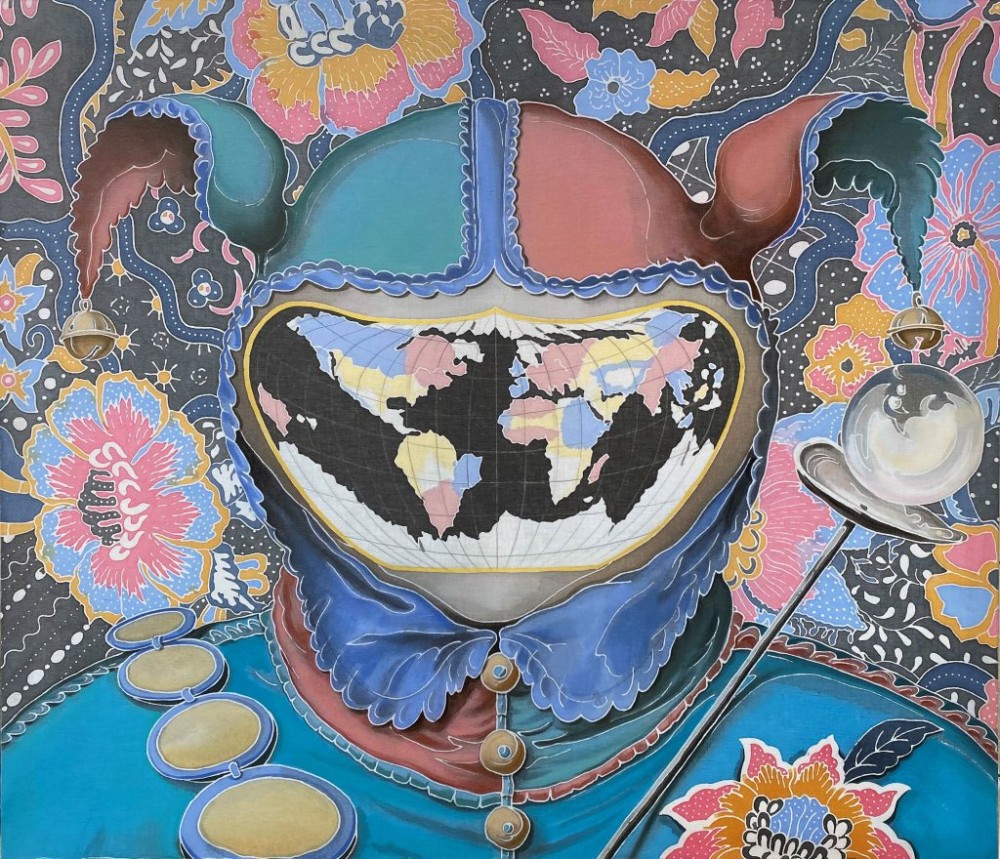
In this exhibition, the curator looks to not only broaden the audience’s scope – “learning to be observant, not necessarily stuck in a particular way of thinking about art and the world” – but also to provide alternatives to assumptions regarding the identity of two large diasporas and the way they might be linked by more similarities than differences.
The first part of the show is held in Hong Kong, apt for its own experience as a British colony, but also one of the first of its kind that tussles with an identity rarely explored in the city. The second part will be held in London in the autumn of this year.
Also see: Lynus Woo’s art stretches beyond his first solo exhibition
What about Kwasi Kwarteng’s book Ghosts of Empire inspired this exhibition? What resonated with you and which aspects did you want to express?
I think it gave me a better understanding of colonial structures and functions on a governmental level. In school, you’re kind of taught that the Queen, be they of England or Spain, made a decree and everything happened. It doesn’t really factor in all the individuals and the micro-decisions that occurred.
I think it gave me a better understanding of how in places like Iraq, for example, they would basically put minority groups in power as a way to control the whole. That was also the strategy used in Hong Kong. So all these different tactics and strategies that were used to control and subjugate people, I learned through reading this book. But then also what the ripple effect of that is. Because whether or not you’re an independent country, you still have countries that are part of a commonwealth, right? So now you see in Barbados, for example, they’re saying that they no longer want to have a relationship with the monarchy. Same thing in Jamaica.
You know, it’s 2022, and it’s still very relevant discourse looking at the challenges that that created. Depending on where you are, say, in a country like the Philippines, which was influenced by the Spanish and then by the Americans, and how that impacts the ability for a country to have agency, a community to have agency. But I think I was particularly interested in the things that are created in spite of all of that.
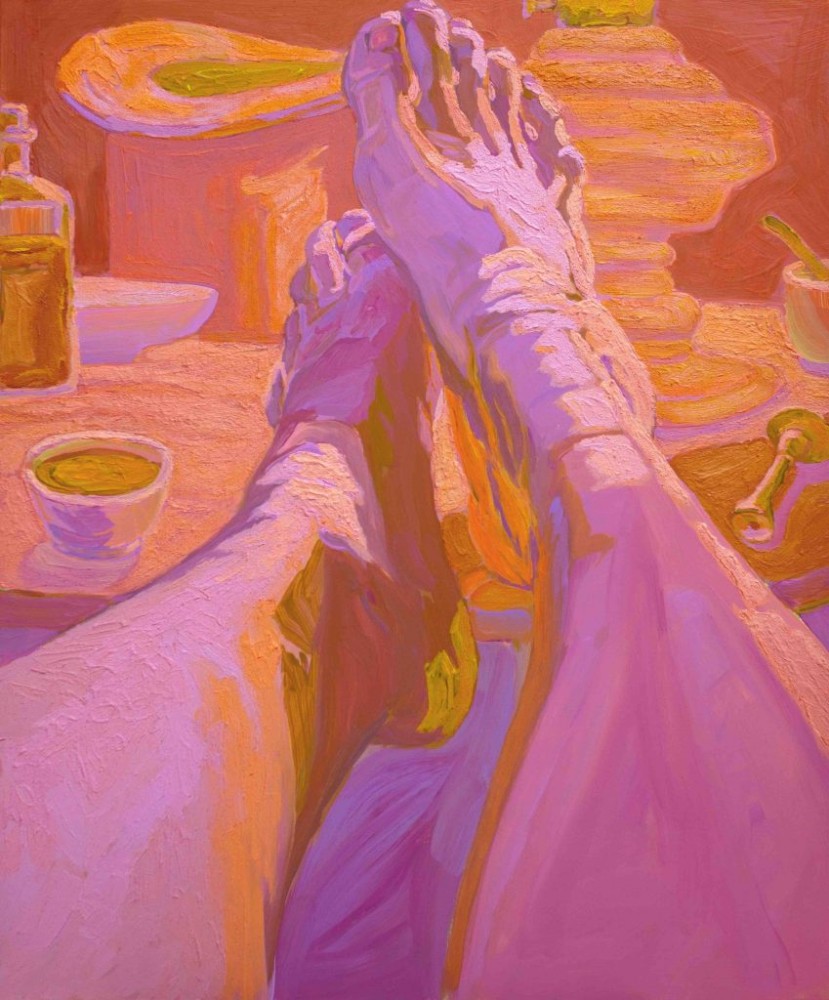
I was in Brazil just last week and it’s about to be Carnival. Although we see it as a party and celebration, it comes out of an act of resistance, right? So trying to get a better understanding for myself of what the ripple effects of these policies were, these suppressive entities, and what’s present even today?
And then of course looking at how artists are thinking about it in their practice and how artists are processing it. It’s also really about looking at it across the board because normally we would just kind of focus on the African diaspora because that’s the way we’re conditioned. But I was reading an article it highlighted what happened in Asia, which got me thinking about India, Indonesia, Malaysia and Hong Kong – all part of a larger conversation.
Also see: #legendeats: 7 new menus to try out around town
And the way that these post-colonial effects still exist in communities today?
Yes, super present. I’d say it’s like the beaches. It gets everywhere. You think you’ve cleaned it up and you haven’t. So it’s really trying to bring together these two diasporas because it’s normally one or the other. But for me, there’s so much overlap.
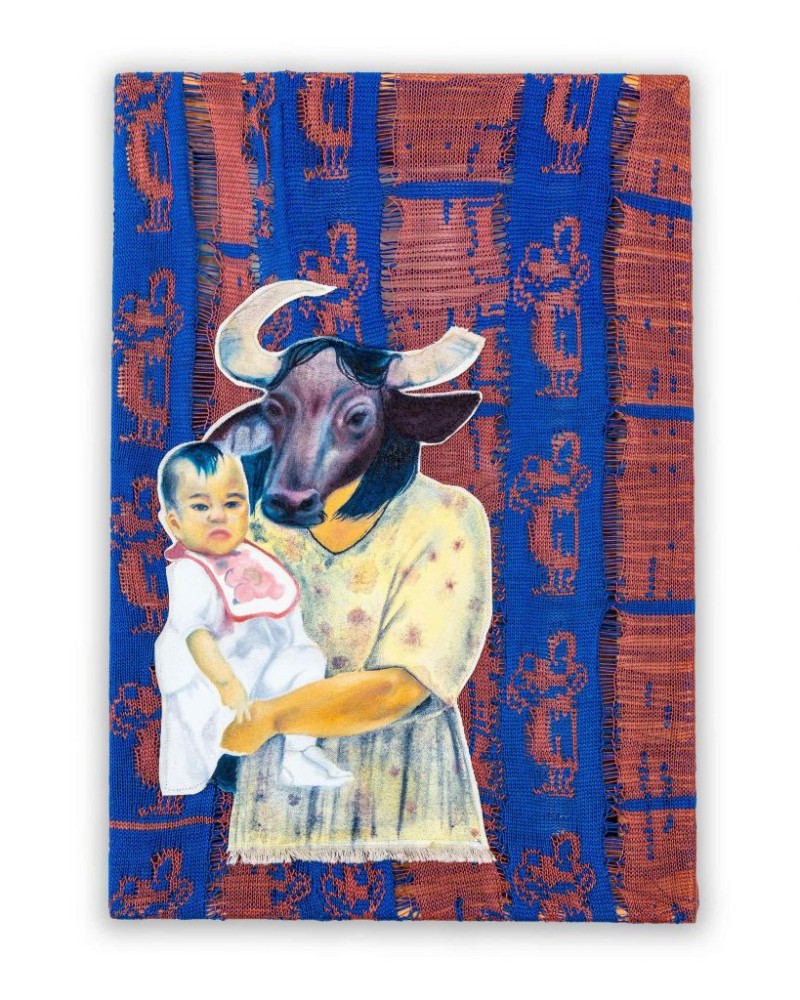
How did you tease out the themes for the show? How did you put together the artists that you did give that there’s so much going on?
I think, for me, it was trying to meditate on what diaspora means. This isn’t a museum show so it’s not going to be as comprehensive, but it’s an attempt. Especially to think about the Asian diaspora – what are the countries that we don’t normally see? We tend to see Chinese, Korean and Japanese artists, for the most part, right? We don’t see so many Filipino or Indonesian artists. So, it’s to kind of think about other parts of the world in that region.
In terms of the African diaspora, it was thinking about the Caribbean a bit more. Delphine [Desane] is Haitian, Miguel [Angel Payano Jr.] is Dominican but spent eons in China, trained in China and is beyond fluent in Mandarin – but then also has kind of assumed an understanding of cultural nuances that you only really get living in a place.
I didn’t want to focus so much on British colonialism, although that might have served as the impetus. Because, for example, when you talk to Delphine, she grew up in Paris – and understand that Haiti was one of the first countries to become free in the West, but still kind of assumed so many French behaviours. So it was a matter of trying to get the best consolidation possible as well as making sure there’s a spectrum in age. For example, having Zao Wou-ki, who was living in Paris and representing something of the reverse but still interesting because he’s an icon.
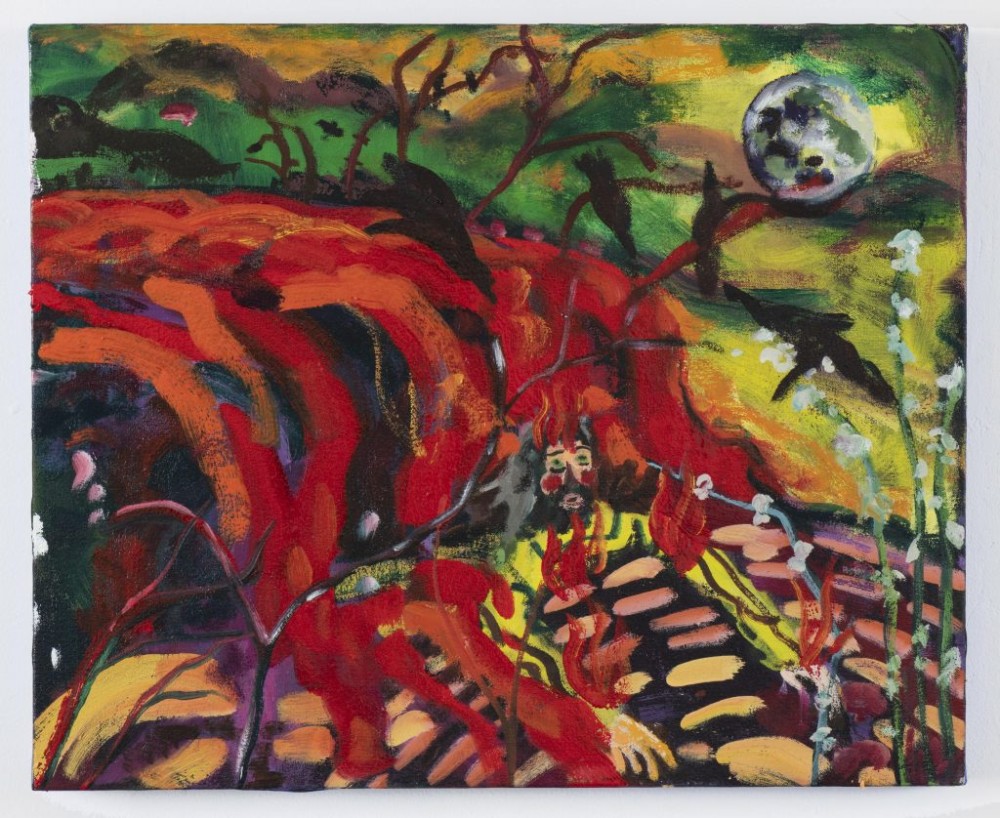
So I thought about it through this lens of cultural fluidity. It’s about where you’re from but also where you inhabit. Take Paul [Anthony Smith], who lives in New York but a lot of his work is about Jamaica. Some of the images we have are from Carnival in London. That was an act of resistance in the ’60s pushing against racism that was applied to the Windrush generation.
A lot of it was about having conversations and looking at what the work was about. It’s a puzzle. When you do it enough, you get to the point where you’re like, okay, this kind of addresses the need. I’m not approaching this as if I know everything. I’m learning through the process and I’ve also just been really appreciative of the feedback that people have been providing in terms of what they’re seeing and feeling once they’ve seen the show.
What’s been some of that feedback?
Some of it is that they feel seen – feeling like it’s a fresh perspective on the conversation because they just haven’t seen these groups in dialogue with each other. There are also some who are like, this is just not a show we would see in Hong Kong. And the thing is, how do you do it in a way that’s subtle, right? Because there are still rules and regulations, and you can only be so much in someone’s face. There needs to be space for the viewer to draw their own conclusions and hopefully, it brings up questions as well.
Also see: 5 fan-favourite things to know about “singer-turned-actress” Hyomin



